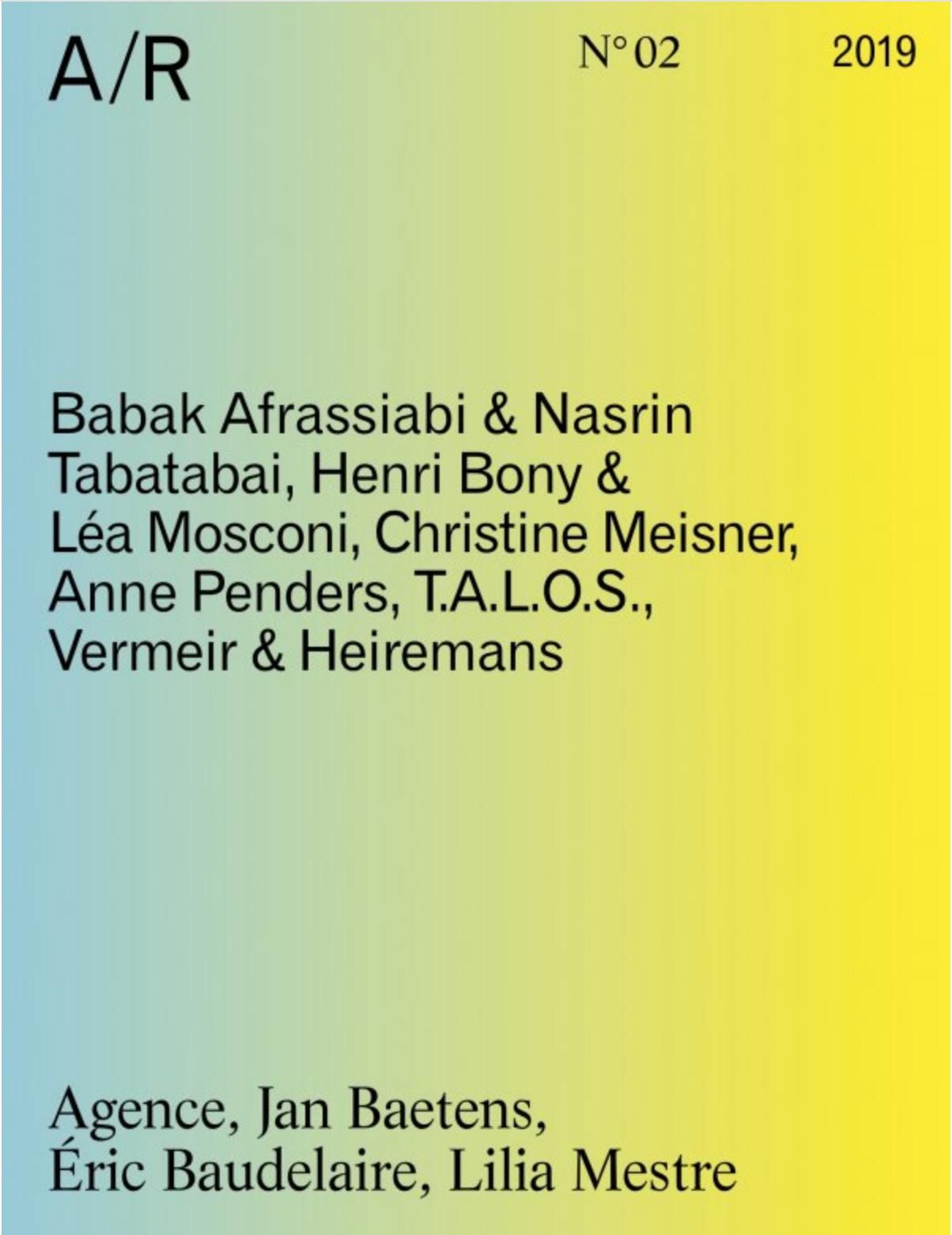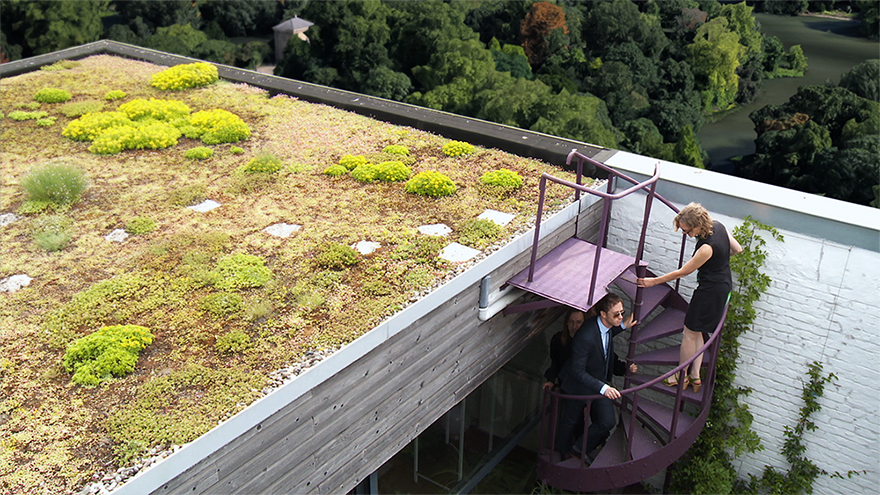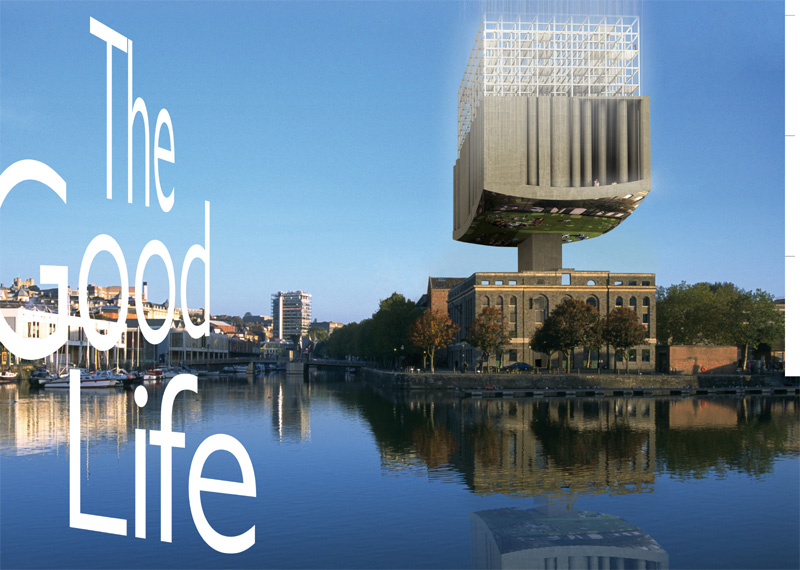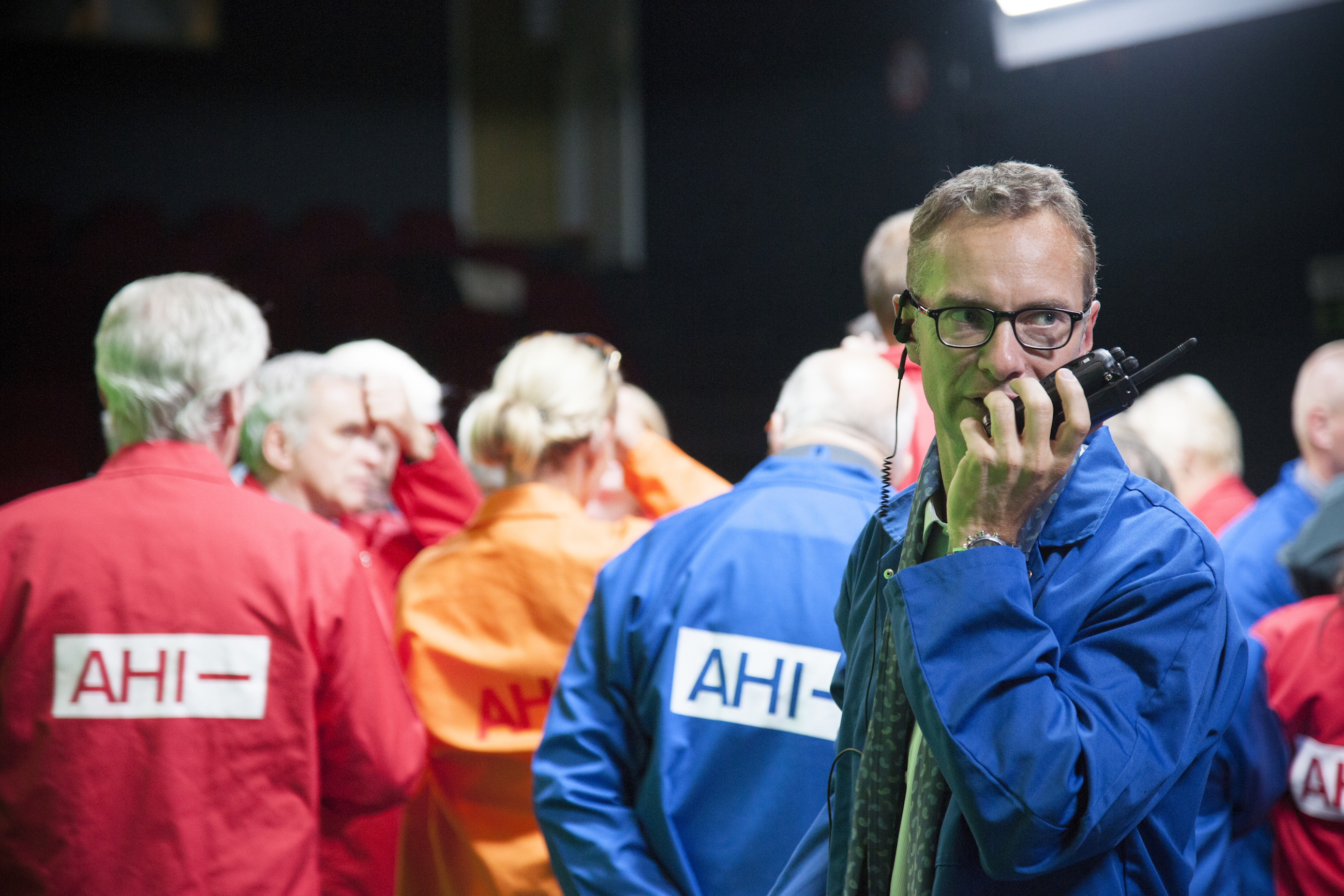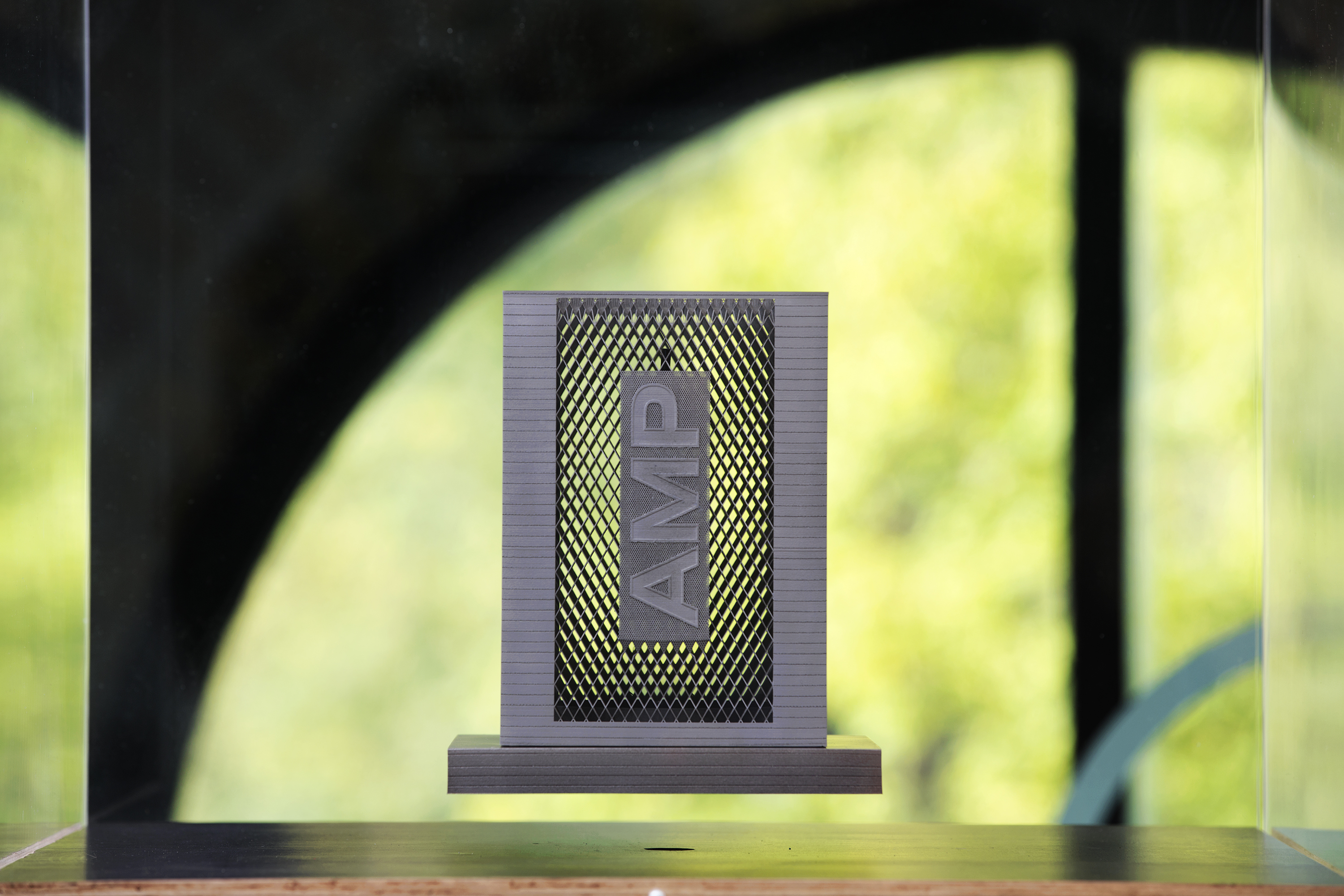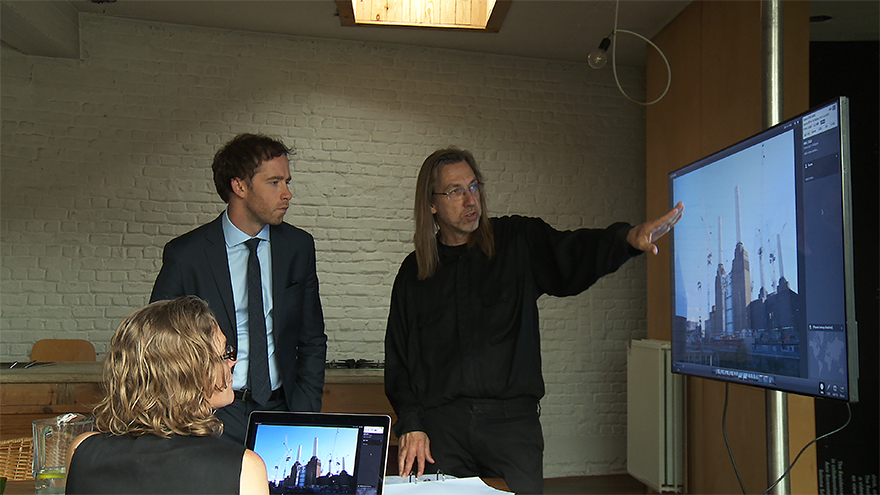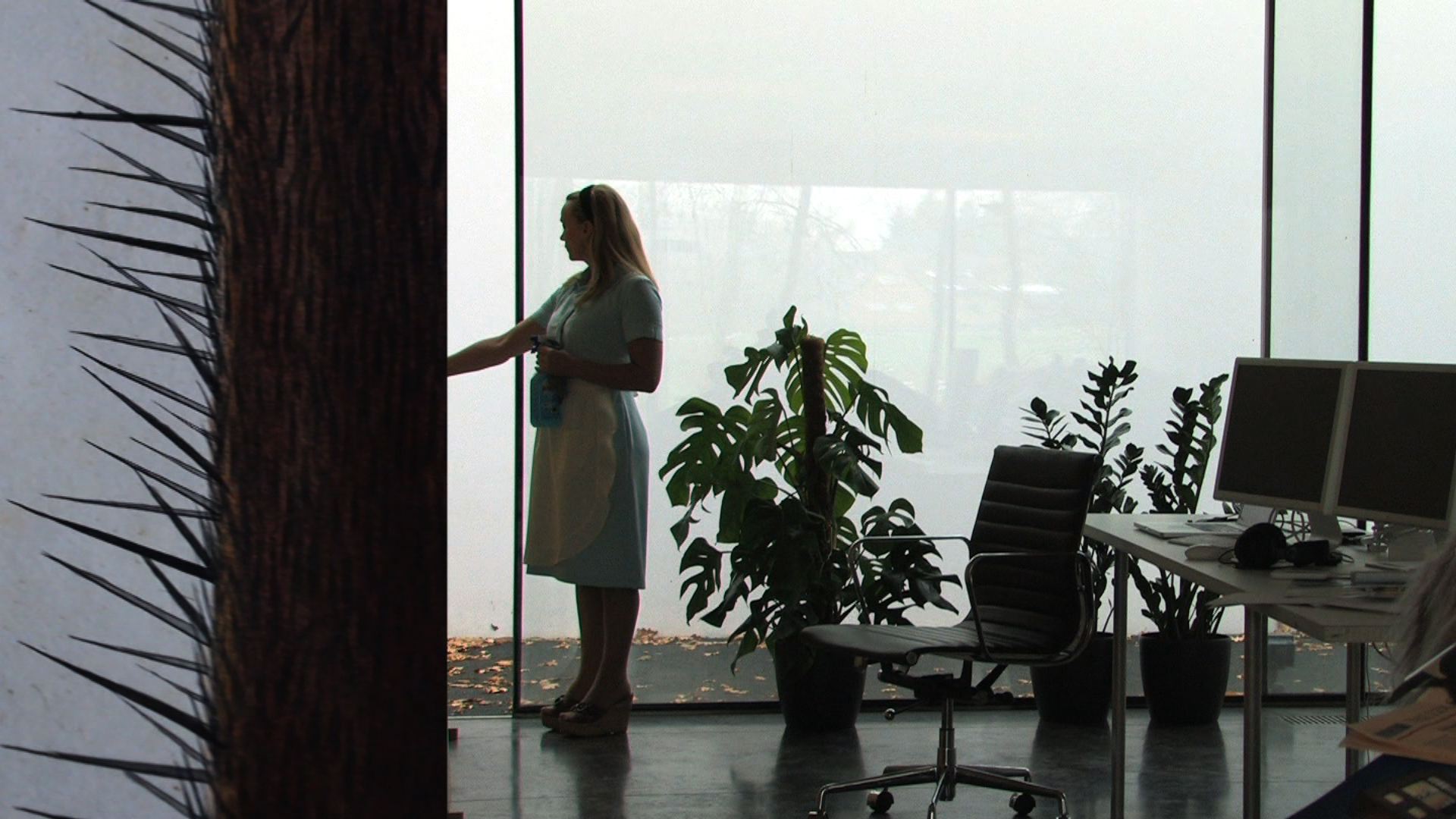Server: Apache/2.0.54 (Debian GNU/Linux) PHP/4.3.10-18
Content-Length: 1742
Connection: Keep-Alive
200 OK
A.I.R
Vermeir & Heiremans
In 2006 Vermeir & Heiremans initiated A.I.R (an acronym for artist in residence)(1), a long-term project that focuses on the dynamics between art, architecture, economy and law. In this collaborative practice the artists define their home, a loft apartment in a post-industrial building in Brussels functioning now as their habitat/studio, as an artwork.(2)
The artists don't consider their home an art work in the classical sense, like a sculpture or an installation. What's more, the public does not even have access to the work. The art house was designed for and by the artists as a completely functional entity, at the junction of domesticity and production, of archiving, legal constructs and ideology, of speculation, projection and desire.(3)
A.I.R as a discursive practice, not only defines the home of the artists as an art work, it simultaneously articulates the home as source material for what the artists have named 'mediated extensions': translations of their home to different media, an action which sort of enlarges their habitat/studio. The series of extensions that the artists generate, installations and videos (4) but also performances, interviews, publications, website...(5) create a web of cross referencing discourses and values. Audiences cannot experience the art house physically but only through these translations of the home into so-called extensions.
The extensions function as a kind of paradox. On the one hand they allow for the home to remain hidden, to hold on to its privacy status, but at the same time they unlock it, open it up and consequently render it public. The habitat/studio exists as a reality, and has all the functional characteristics of a proper house, but simultaneously the home also exists in a symbolic sphere. Although it is not physically accessible as an art work, still through the extensions art house appears in public space in a symbolic discourse. A lawyer once spoke about the art house as a black hole, a void... on which occasionally some light is shed from different angles. In that way the home as art work becomes visible.
Vermeir & Heiremans refer to the A.I.R extensions as parallel construction sites. They offer the artists a wide context to engage in numerous aspects that make the habitat/studio as art work a possibility, dig into the effects and affects it generates. And although the art house does not always take center stage literally, it becomes manifest in the economies implied, in the hybrid relation between public and private space, in the ideology of the domestic, in issues of gentrification, financialisation...(6)
As in a continuously developing construct all these things are housed in A.I.R, as within a whole. The extensions function not only as productions of the artists themselves and the people or institutions that were involved, but in the end also through their public reception in websites, press clippings, blogs... They generate a dense network around art house, the so-called black hole that seems to function as the underlying asset for all these narratives. In A.I.R the habitat/studio no longer is something physical, but a virtual discursive site.
*****************************************
NOTES
Note 1
The project is named A.I.R, in reference of the signs artists in 60ies in New York had to put on the doors of the abandoned warehouses they had appropriated as studio. These signs would inform firemen a.o. about the fact there was an 'artist in residence' in a building that was officially no longer in use. This 'new' type of artist studio drew the attention of magazines and TV programs. The camera was bringing the 'truth' about the artist in his studio. The artist in his studio became an appealing media story, which promoted a totally new living format, loft living, and its 'values' and 'ideology' of freedom, transparency, creativity. Since that time loft living has found its way around the globe. In the meanwhile the literal meaning of the acronym A.I.R. evolved into a nomadic and temporary working environment for emerging artists.
Note 2
Vermeir & Heiremans found this link between the house as art work and a wider social context also in the etymological meaning of the word economy derived from the ancient Greek oikonomia, consisting of oikos 'habitat' and a derivation of nomos 'rule, law.' In Latin oeconomia meant 'organisation, household management.' From this the meaning developed toward 'art of organizing the state' (political economy), a meaning that became dominant as of the 17th Century.
Note 3
The 'extensions' the artists created are archived in their habitat/studio. The A.I.R project functions as a shell, encompassing and archiving all the extensions on the website, www.in-residence.be, and in the physical archive. But the house itself functions as a 'hidden' archive in its own right. Before the artists started their collaboration in 2006, they individually made extensive (video) installation work. The physical materials like wood, multiplex panels,... of these projects were recuperated and re-used during the construction of their habitat/studio. These former art pieces to this day continue their life as merely materials, mostly totally invisible as they were built in in floors and walls. It is a process that has not stopped since also more recent A.I.R pieces were recuperated as material once their temporary life in an exhibition was over. The different elements from these exhibitions now assume a life as staircase panelling, furniture pieces...
Note 4
In the video A.I.R extension #10 pavilion, the artists focus on the home and the domestic as an ideologically charged and publicized space. The Good Life (a guided tour) (2009) is a meditation on the inextricable relationship between art, real estate, art institutions and the wider structure of the economy, harnessed today by the 'creative class'. In The Residence (a wager for the afterlife) (2012) Vermeir & Heiremans focus on the artist as an entrepreneur in a globalized society that qualifies economy as the only measure of things. Offering a biting commentary on the contagious nature of capitalism it elaborates on the symbiosis of art and value, life and economy. For their film, Masquerade (2015), the artists focused on the ephemeral world of high finance and the global art market. Like finance, art is based on a system of belief and trust, and the market is the place where this belief is called into action.
Note 5
The website www.in-residence.be was designed to become another extension of the house, one with an immediate world-wide scope. Since radio, TV and the worldwide web entered the domestic space, every house has become a media center, something that transforms our understanding of public and private.
Note 6
The artists are researching the financialisation of architecture/real estate and art.
Within the concept of the so-called FIRE economy (Finance Insurance Real Estate), capital invested in buildings is transformed into a financial product that is easily traded in other markets. In that way it can dislocate itself from the precarity of a particular city or building. Also art can be reconstituted as a financial product, which makes it more and more an asset in an investment portfolio. Within the film The Residence (2012), a Chinese architect is commissioned to develop a 'house for the afterlife' for a rich investor. The house is however not a physical building, but a financial vehicle connected to the speculation on the currency markets, generating an endless 'reproduction' of the investors daily domestic life.
For their film Masquerade (2015) Vermeir & Heiremans set out to reproduce their art house as a liquid financial product. In order to achieve this Vermeir & Heiremans interviewed people from the world of finance. Using codes of fiction and reality, what the artists have named 'Art House Index' merges art and real estate into a single lucrative financial instrument. Its value lies in the way it transforms an opaque immobile product that is difficult to trade, like a house or art, into a transparent, virtual investment vehicle that is very accessible for a great number of investors.

